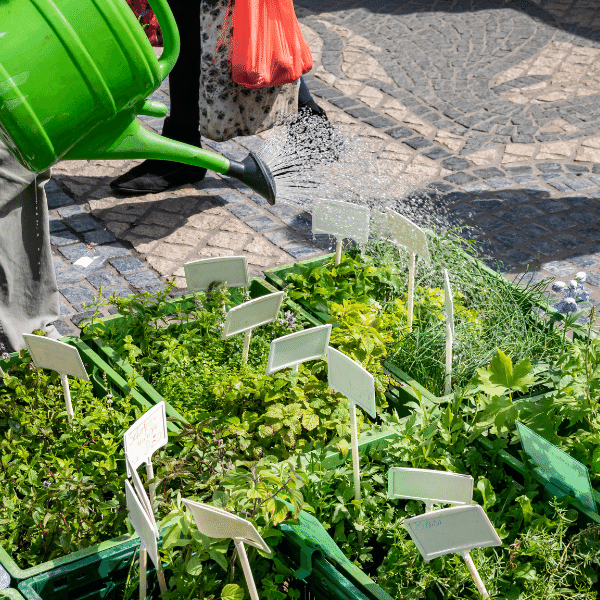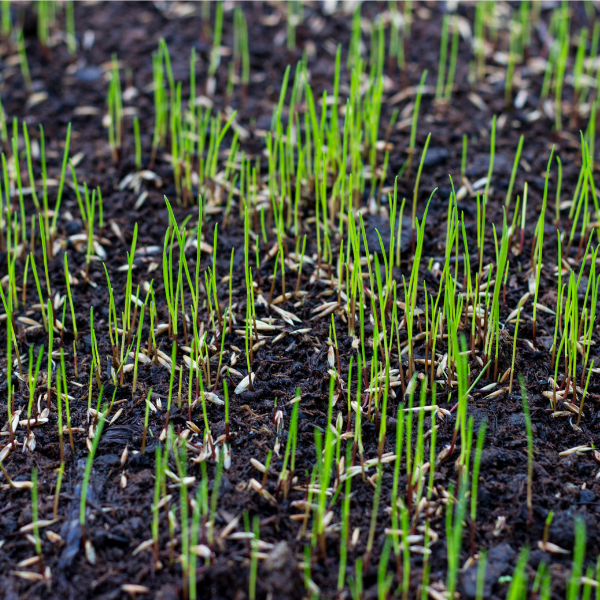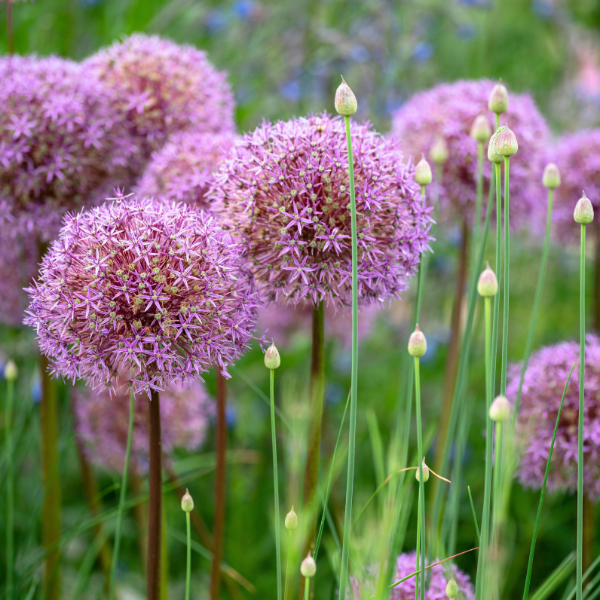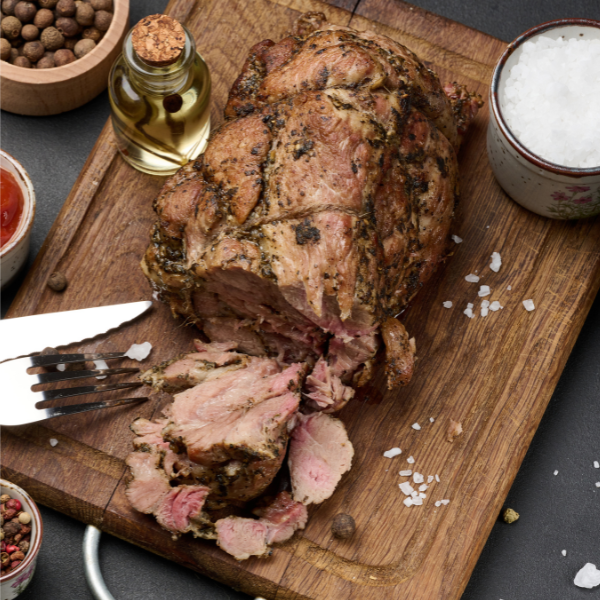Making your Garden and Plants Drought-resistant
Preparing your Soil
Cultivate the soil deeply and dig in large quantities of organic matter to improve the soil structure, soil water retention and water availability for plants. Well-rotted garden compost, mushroom compost, composted bark and well-rotted farmyard manure are all suitable forms of organic matter.
Apply fertiliser as plants use water most efficiently where nutrient levels are adequate. But do not apply too much fertiliser to the soil, as this can encourage too much growth before summer and lose its bloom. Require extra watering, and become frost damaged in winter.
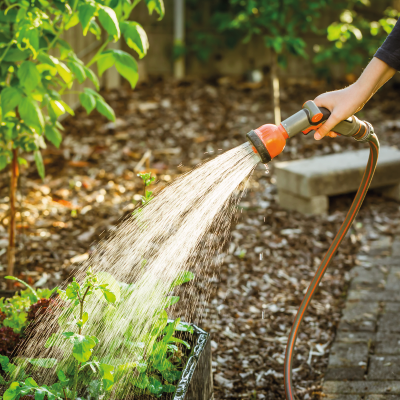
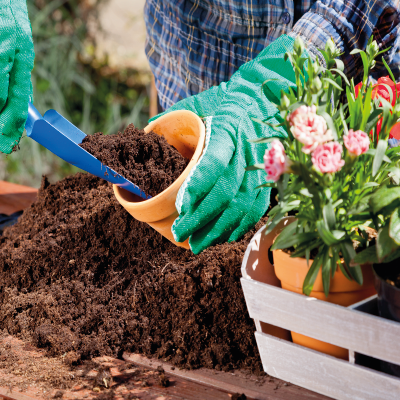
Preparing your Plants
Choose plants with grey-green or silver leaves as they reflect the sun's rays, helping to conserve moisture within the plant tissues.
Try to choose plants which suit the site's soil type and aspect. They will be more tolerant of varying climatic conditions as well as of pest and disease problems.
Plant things while they are still small. They will develop much greater resilience as they adapt to their conditions from a young age. Ideally, plant in autumn so they can do some growing before dry weather arrives.
Before planting, thoroughly soak the plants in their pots in a bucket of water until the bubbles stop rising to the surface.
Thoroughly water in all new plants (and keep them watered in the first season after planting to ensure they establish well). Once established, they will become much more drought-tolerant.
Remove weeds regularly to prevent them from depriving your plants of water and use mulches to retain moisture in the soil.
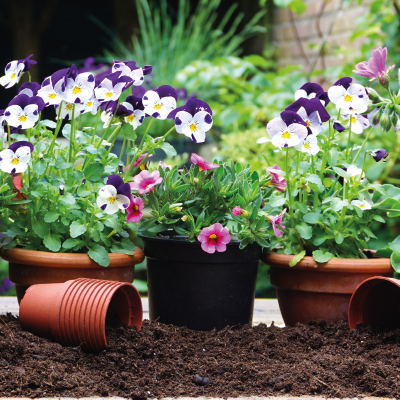
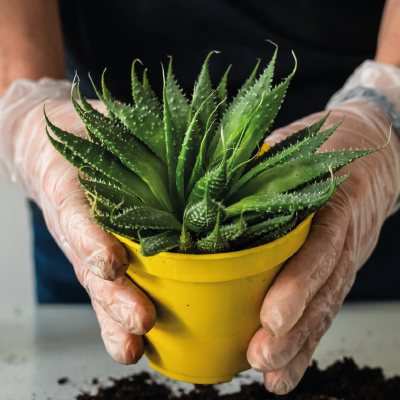
Choosing Drought-resistant Plants
Hanging Basket Plants
Pelargonium - trailing and zonal
Tropaeolum majus
Verbena
Half-hardy Succulents
Aloe
Delosperma cooperi
Drosanthemum
Lampranthus
Perennials
Baptisia australis
Bergenia
Euphorbia
Eryngium

 2,768 REVIEWS
2,768 REVIEWS


